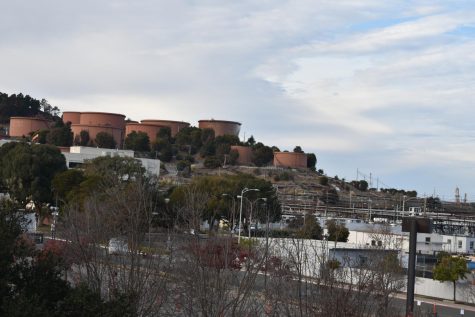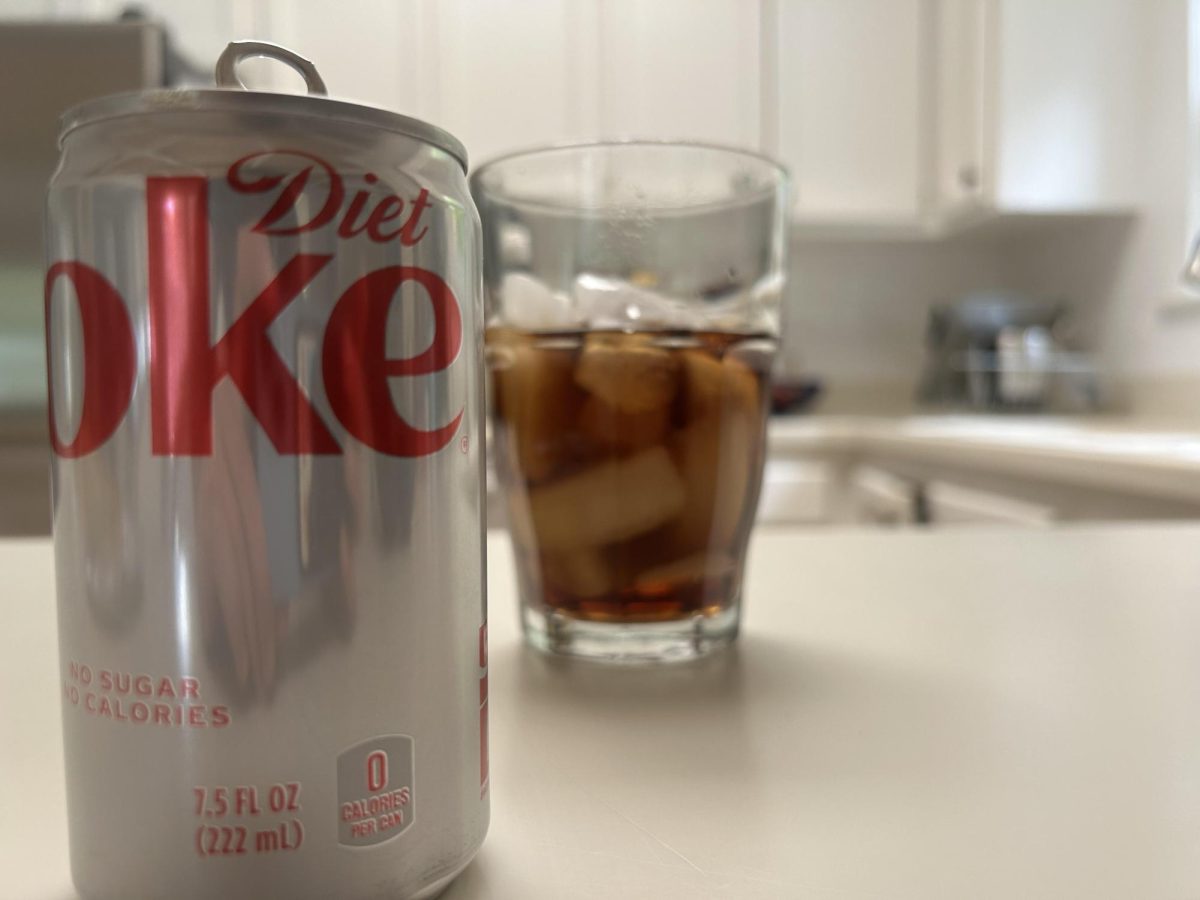
In 1902, construction of a brand new petroleum refinery was completed in what is now Richmond with the intention of turning a minuscule agricultural settlement into a large company town. One hundred eighteen years, three catastrophic fires and several bureaucratic controversies later, the refinery, a 15 minute drive from Redwood, remains a salient presence in this city; its 2,900 acre frame is a sight to behold for any passerby entering or exiting the Richmond-San Rafael Bridge. While this structure has been a staple in Richmond for over a century, its overall positive impacts on the city itself are up for debate.
For over a century, Chevron has supplied Richmond, a city with a median income around $6,000 less than the state average, with its major industry. It is by far the city’s largest taxpayer and one of its largest employers, a level of importance that comes with significant social responsibility to the city. According to Chevron senior representative of public and government affairs Brian Hubinger, the refinery has used that responsibility to the benefit of Richmond residents.
“Richmond grew up around the refinery and other industrial facilities,” Hubinger said. “Our refinery provides not only good jobs, but affordable and reliable energy people use every day.”
In addition to their contributions in terms of employment and production, Chevron also expresses support to the community by funding various educational projects, economic development programs and local non-profit organizations.
“We focus a lot on engaging and training programs for local residents in west Contra Costa County to grow their skill sets,” Hubinger said. “We also fund STEM education programs with our community, particularly around getting young girls interested in the science field and exposing them to a lot of opportunities.”

That being said, Chevron’s presence in Richmond has come under serious scrutiny, with pollution being the worst offender. According to Living Earth and Honors Biomedical Science teacher Skip Lovelady, the refinery’s production of large airborne particles has incredibly negative health impacts on one’s immune system.
“Our immune system does a much better job with something like dust and smoke all the way down to bacteria and viruses. But larger particulates [produced by refineries] are more problematic,” Lovelady says.
However, Lovelady sees that the current mask mandates may limit people’s exposure to large particulates in Richmond.
“If you had a mask on, and there were large particulates in the air, then the mask [would] block said particulates. In a normal condition however, we don’t wear masks,” Lovelady said.
While the social stigma regarding oil production is still commonplace, many refineries have attempted to adapt to it. In particular, the Richmond refinery has made an effort to address environmental concerns. One method has been the funding of a community air monitoring program that deploys six sensors surrounding the refinery and in areas around Contra Costa County, according to Hubinger. This program, run by expert air quality manufacturer Argos Scientific, provides 24/7 air quality statistics for 28 chemical compounds in the aforementioned locations.
“A big part of the community dialogue is making sure that there’s accurate and real data that people can see, and air quality is one of those,” said Hubinger.
In spite of these efforts, the refinery still actively clashes with local political activist groups, the most prominent of which being the Richmond Progressive Alliance (RPA). A left-wing political coalition founded in the early 2000s, the RPA has long attempted to combat Chevron’s negative influence on the city’s politics and culture. According to RPA steering committee member Mike Parker, the refinery has created a negative reputation regarding the city’s prospects of living.

“The fact that for years, Richmond was thought of as a place that people didn’t want to live, was largely driven by the fact that the refinery was located here,” Parker said. “Richmond has been treated (historically) as the garbage dump of the Bay Area.” Parker did acknowledge, however, that this depiction of Richmond has shifted over time.
Through business taxes and pollution restrictions, RPA attempts to combat Chevron’s overall monopoly over the city, however, Parker is still concerned about the influence that Chevron maintains.
“Chevron has tremendous social power, the city council has a little,” Parker said. “If I’m a city council member and I have a project I want to do and the city doesn’t have the money, I’m able to go to Chevron and say ‘I want to start a project. Will you participate and give money?’”
According to Parker, this relationship has allowed Chevron to continue operating in Richmond without significant pushback. He remains skeptical of politicians’ ability to actively participate in the struggle against Chevron, who he believes maintain a very subtle influence on local politics.
“Nobody on the council wants to be Chevron’s man or Chevron’s woman … but there are some that are much friendlier to Chevron and who Chevron can rely on,” Parker said. “The only people that can really be relied on to take on Chevron are people that run on taking no corporate contributions.”
Yet, with an ever-growing presence in local politics, it seems as if a large portion of the general population supports the RPA’s cause. The most recent city council elections saw RPA candidates achieve decisive victories in all three districts that were up for grabs.
“Society is moving away from fossil fuel production,” Parker said. “That has to continue if we want to avoid climate catastrophe.”
For years, many social and political elements of the city of Richmond have revolved around the refinery and its decisions. While this powerful corporation has attempted to act in the city’s best interest, it has also defined that city as a source of pollution and corporate-friendly politicians. Either way, its surrounding community persists, evolving and attempting to find its identity with the refinery.











